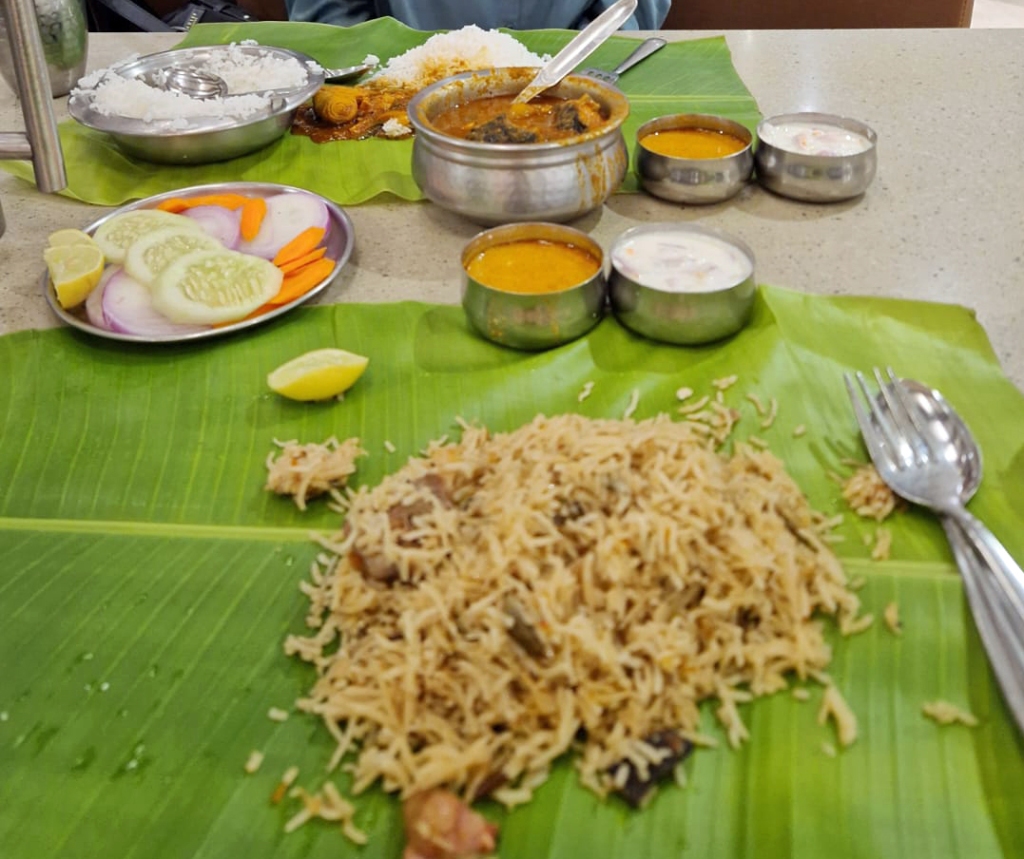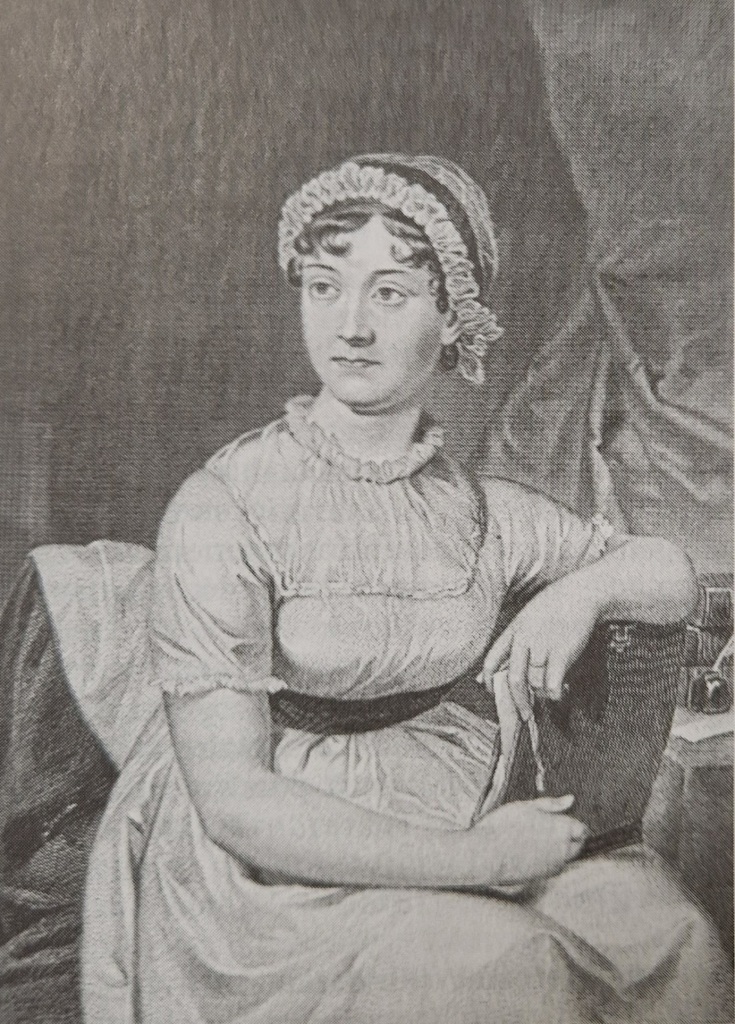Ladies who lunch

We recently returned from a fortnight’s holiday in the Rhineland. We stayed in a small village overlooking the mighty river. It boasts there a picturesque hinterland of forest and woodland walks, some of which lead to Drachenfels – literally, ‘dragon’s rock’, on the top of which stands a ruined mediaeval castle that has long captured the imaginations of writers, film-makers and tourists.
We spent most days either walking in the woods or exploring two of the great cities of the region – Bonn and Koblenz – but these were interspersed with more leisurely walks into nearby villages, in one of which, a surprising place for its size, are several streets packed with cafés, bakeries, hotels, bars, gift shops, clothes shops and knick-knackery. The goods sold in these shops – particularly the clothes and shoes – do not come cheap.
My first visit to this place was lateish on a Sunday afternoon, when only the bars were open and mostly being patronised by walkers and other tourists. Window-shopping as I walked along, I wondered who was in the market for these expensive dresses, shoes and hats. Yes, hats! One of the shops was a milliner’s, devoted entirely to displaying the sort of hats my grandmother used to wear to church when I was a child, the price tags discreetly turned over.

I next visited the following Tuesday, in search of bread. There was a promising artisan baker’s at the crossroads in the centre of the village. Inside, the premises were split into two: the bakery counter, set at right angles to a coffee counter which sold takeaway drinks and sandwiches, and a café containing about half a dozen tables. At each table except one were seated, in twos and threes, gatherings of ladies of a certain age, all beautifully dressed, with many sporting hats!
The one table at which no ladies were seated was occupied by a solitary man, thin and elderly, but prosperously dressed. Nevertheless, he seemed to be a local oddity. Evidently he did not pay for his food – he sat at the table for a long time without ordering. Eventually, a waitress came and gave him a buttered roll and a soft drink. She and the bakery owner seemed to regard him benignly as a local eccentric and asked him to leave only when he started to accost customers waiting in the bread queue.
Having purchased the bread, I wandered along to a large ice-cream parlour and another café. Both were busy, thronged with more groups of ladies at leisure. The hats were wonderful to behold – in fact, having seen them for real, on heads, I thought those for sale at the milliner’s somewhat plain. Some of these hats must have been bought – commissioned, even – from grander establishments than the local hat shop.
It was while I was examining the hats in the second café that I saw the eccentric old man again. This time, he was seated at one of the outside tables. Just as at the other café, one of the waitresses came out and gave him a buttered roll and a drink. I admired the tolerance of the café-owners – I think he would probably not have been treated so gently in England.
The ladies’ make-up, nails and dresses were of a piece with the hats. Each woman was immaculately turned out. Some of their outfits could even be described as bold: one lady – sporting a red turban with matching lipstick and designer trainers, the accessories chosen to complement a magnificent camel-coloured cashmere coat – caught my eye as she sat in a tiny tea-shop, slowly drinking a glass of red wine. (Germany’s licensing laws, or lack of them, also deserve the epithet ‘magnificent’. You can buy a glass of wine in almost any catering establishment.) Then she took out a cigarette case (the general lack of concern about smoking in public being not quite so laudable) and fixed a cigarette into a co-ordinated scarlet holder. I’ve only once before seen a woman using a cigarette-holder – it was Princess Margaret, at a book launch in 1994.
So who are all these ladies? I glanced at their hands to look for clues and discovered that most wore wedding rings (often accompanied by several other rings set with stones of very respectable size). As there were no men in sight – save the soft roll eater – I concluded that most were widows, possibly mixed with a light sprinkling of divorcées. Or, of course, they could have been gay, but the way they were talking to each other, animatedly but with a kind of wary competitiveness, suggested not. Nor did they seem to me to be women who had forged their way in masculine-dominated careers and retired on hard-won corporate pensions. The hats put paid to that notion. These were women who had lost or mislaid their menfolk and were living out their lives alone.
Further exploration of the village revealed streets containing discreet but opulent blocks of service flats, no doubt home to some of these women. Others may have been visitors, enjoying sojourns in the village while they indulged in the treatments available at its many clinics (in its heyday, this place was a renowned spa and it has rather adroitly reinvented itself as a flourishing ‘aesthetic beauty’ centre).
Are these ladies happy or sad, bored or fulfilled? I should dearly have liked to sit down with some of them and asked. I doubt if I’d have been welcome, though: I clearly do not come from the sort of stable that bred them.
It did strike me as a pity that they chose to cocoon themselves in this bijou location. Out in the hills, I did not encounter a single well-to-do lady of, roughly, grandmotherly age, going for a walk. They are missing so much by focusing on hats, coffee, ice-cream and gossip. Or perhaps they aren’t: who am I to say?



















